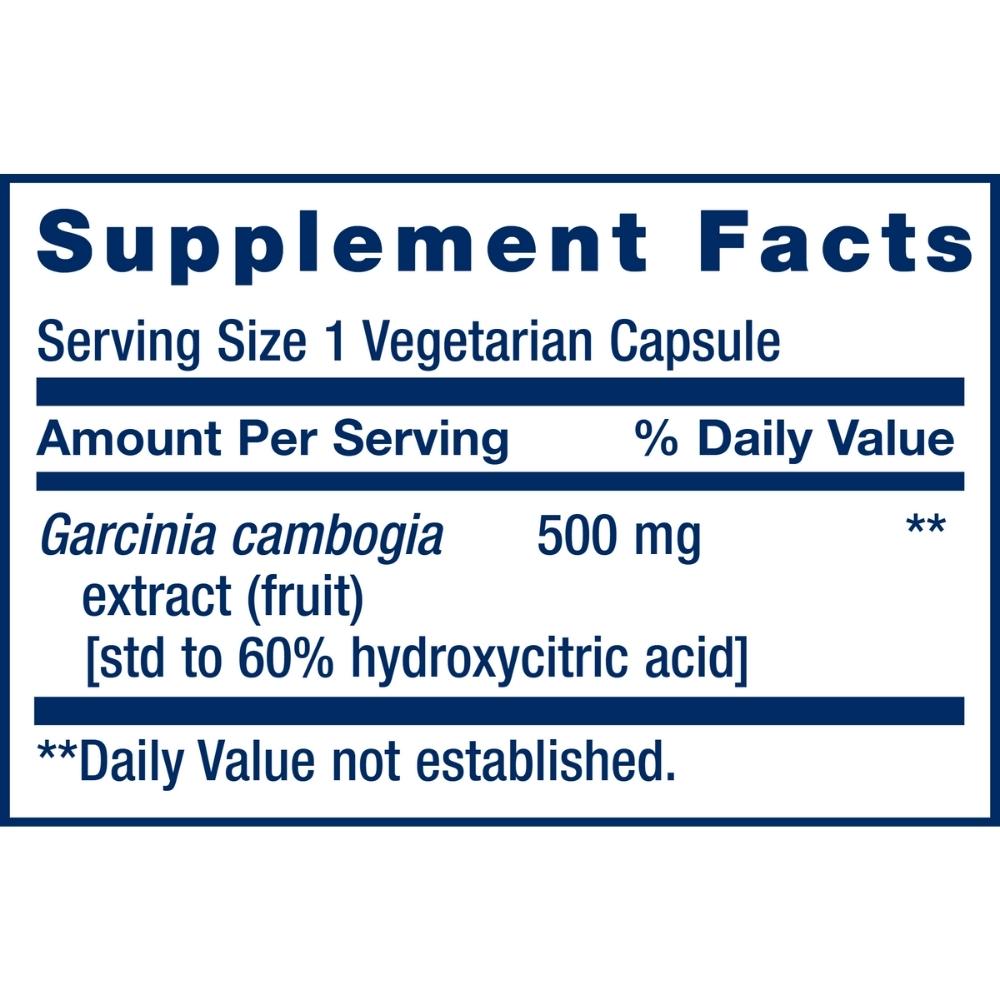You are working hard every day to optimize your wellness. Don’t be modest! It takes a lot of work to be healthy. You’ve already been working out, drinking lots of water (yes, the sparkly kind counts), eating organic fruits and veggies and avoiding processed foods. So let’s give you more work to do. Yay, I knew you’d love it!
Some of the healthy foods you choose (even the organic ones), and particularly those “cheat meals”, “date nights” and “treats” may contain considerable amounts of a toxic herbicide known as glyphosate. While there’s nothing wrong with indulging from time to time, what many people are not aware of is the fact that the glyphosate in some foods could be killing you slowly.
That’s right. Food companies do not always have your best interests in mind and this is a picture perfect example of that. Recently, an FDA-registered food safety laboratory tested some of the best selling snack foods out there and found that there was a shockingly high level of residue from the weed killer glyphosate in these foods. Traditionally, you may know this from the Roundup, Rodeo, or Pondmaster herbicides as it is found in all of these products.
And we aren’t just talking a tiny trace amount here either. We’re talking about over 1000 times what would be considered the amount to pose a threat to human health. Here’s what you need to know.
What is Glyphosate?
Glyphosate is a non-selective herbicide, meaning it will kill most plants and plant growth. It is used for two main purposes in agriculture. It is applied to plants and soil to kill grasses and weeds. In the sodium salt form, glyphosate is also used to ripen fruits and dry grains to prepare them for harvest.
f
Glyphosate has been in use since the 1970s, with the most commonly used brand name being Roundup. Since the 1970s, the use of glyphosate-based herbicides has increased by 100-fold. Each year, more than 250 million pounds of glyphosate are sprayed on crops. According to the Environmental Protection Agency’s Fact Sheet on glyphosate, “In recent years, approximately 13 to 20 million acres were treated with 18.7 million pounds of glyphosate annually. The largest use sites include hay/pasture, soybeans and field corn.” Doing the math, that is up to 33 POUNDS of toxic herbicide PER SQUARE FOOT of land PER YEAR!

Since glyphosate is deadly to most plants, it is most commonly used on genetically modified crops that are engineered to withstand its toxic effects. The most common GMO crops being treated with glyphosate are corn and soy. It would make sense to think that’s where the highest amounts of the herbicide are found, but that’s not the case. The second use of glyphosate, which is increasing in popularity, is to ripen fruit or dry crops. When glyphosate is applied to a non-GMO crop just before harvest, it essentially kills the plant, so that it can “dry out” faster, and speed the time to harvest. This practice is expanding to include a variety of crops including corn, peas, soybeans, flax, rye, lentils, buckwheat, canola, millet, potatoes, sugar beets and other legumes. The Paleo diet is sounding pretty good right now! (Another topic for another day…)
How do you get Exposed?
You can be exposed to glyphosate through your skin; you may inhale it through your nose and mouth; or you can ingest it by eating foods that contain glyphosate or it’s residues. If glyphosate is applied to grains just before harvest and then quickly processed and packaged for consumption, do you think that there may be some residue left on your food?
The Environmental Working Group (EWG) commissioned a series of independent laboratory analyses to assess glyphosate content in common foods. Glyphosate was found in 43 of 45 products made with conventionally grown oats. “Almost three-fourths of those samples had glyphosate levels higher than what EWG scientists consider protective of children’s health with an adequate margin of safety. About one-third of 16 samples made with organically grown oats also had glyphosate, all at levels well below EWG’s health benchmark.”
That’s right! Even organic products may contain glyphosate. While an organic crop cannot be treated with glyphosate directly, with 250 million pounds of it on the ground, in the air and in the water, it’s nearly impossible to avoid some form of contact with, even organic, crops.
Why you Should Avoid it!
In 2015, glyphosate was classified as probably carcinogenic to humans by a division of the World Health Organization. In 2017, glyphosate was listed in California’s Proposition 65; a registry of chemicals knows to cause cancer. This year, a California jury awarded $289 million to a man dying of cancer, when they determined his condition was linked to repeated exposure to Roundup at his workplace.
You don’t have to take the WHO or California’s word for it. Glyphosate is linked to shortened gestational duration. In one study, 90% of the women had detectable glyphosate levels, and those levels significantly correlated with shortened pregnancy lengths. Glyphosate affects the microbial composition of plants and animals. (This means your gut!) This shift in microbial composition may contribute to increases antibiotic resistance to commonly used pharmaceutical agents. Glyphosate may also be linked with Celiac disease and gluten intolerance. Still not convinced? Glyphosate exposure may increase risk of AML, a form of leukemia.
How do you Reduce your Exposure?
While it may be nearly impossible to completely avoid exposure to glyphosate, there are steps you can take to greatly reduce your exposure to this toxic compound.
Avoid GMOs As an herbicide, glyphosate can only be applied to organisms that are genetically modified to withstand them. By avoiding GMO produce, you can reduce your exposure.
Choose Organic By definition, organic produce is non-GMO, so you’ve got that covered. In addition, organic standards do not allow the use of glyphosate at any point in the agricultural process. This means the toxin was not used in the drying and harvest phase of production. While, as we pointed out above, this does not completely eliminate exposure, it can greatly reduce it.
Cleanse and Detox There are steps you can take help to clear toxins from your body, including glyphosate.
- Exercise: moving your body flushes lymph through your system to help move toxins out of tissues.
- Hydrate: water can help flush toxins from your tissues and organs, and get them out of your body through your sweat and urine.
- Infrared sauna: far infrared sauna can help to release toxins from tissues and help to release them through your sweat, and mobilize them for release through your um, see below…
- Move your bowels: you mobilized the toxins with your workout and sauna, so get them out! Regular defecation get’s the bad stuff out of your system and down the drain, literally.
- Feed the gut: consume fermented and probiotic rich foods to repopulate the gut bacteria that the glyphosate destroyed.
- Supplement: you can also supplement to support your body’s detoxification pathways. Fiber can help to move the bowels, chlorella may assist with elimination of various toxins, including heavy metals and specific supplements exist for supporting detoxification, like this one.
In Review
- Glyphosate is known carcinogen and risk to human health
- Glyphosate is present in conventional and organic foods, though choosing organic will reduce exposure
- Exercise, hydration and supplementation can assist mobilization of toxins and help to eliminate them from your system







